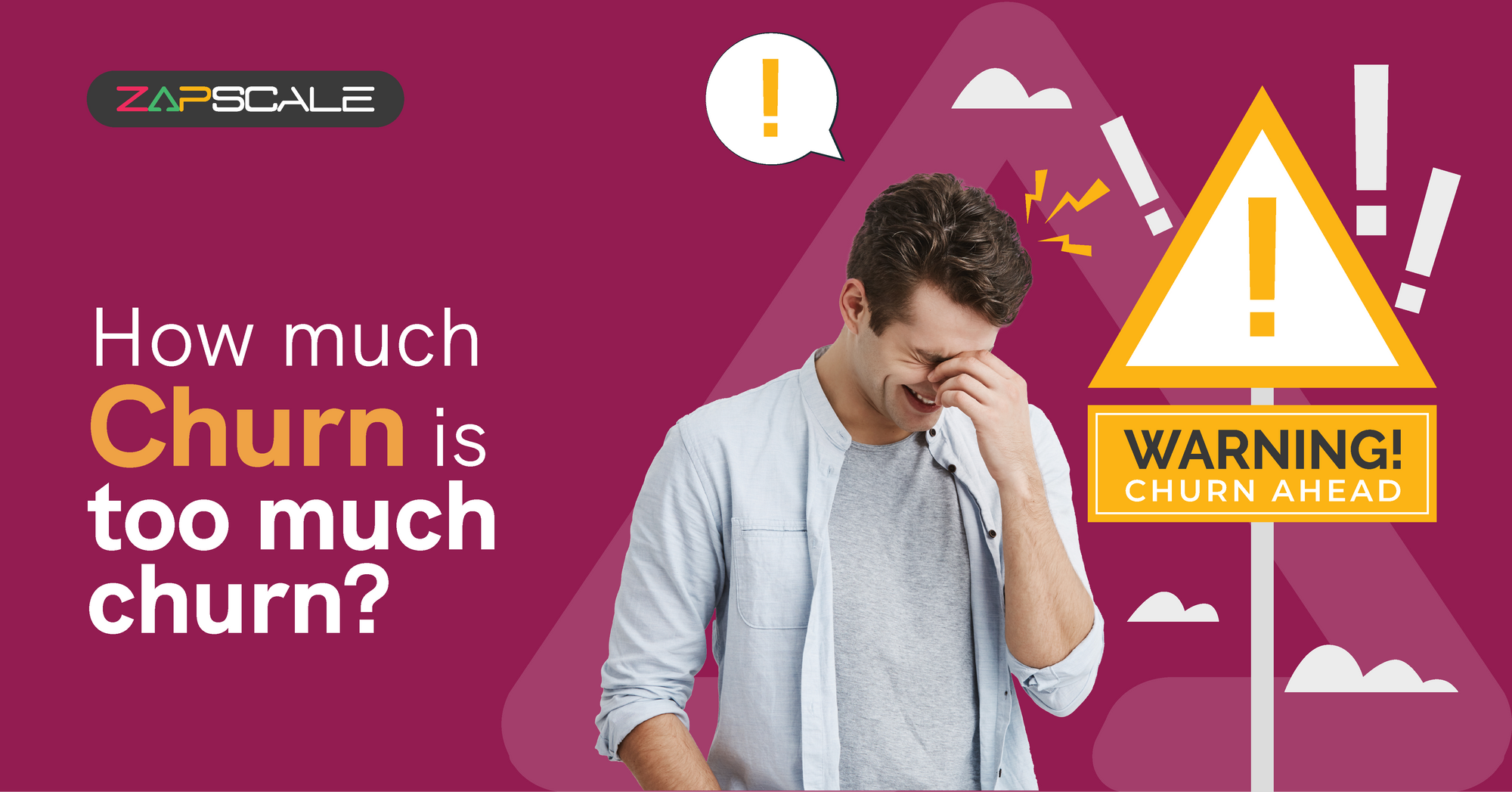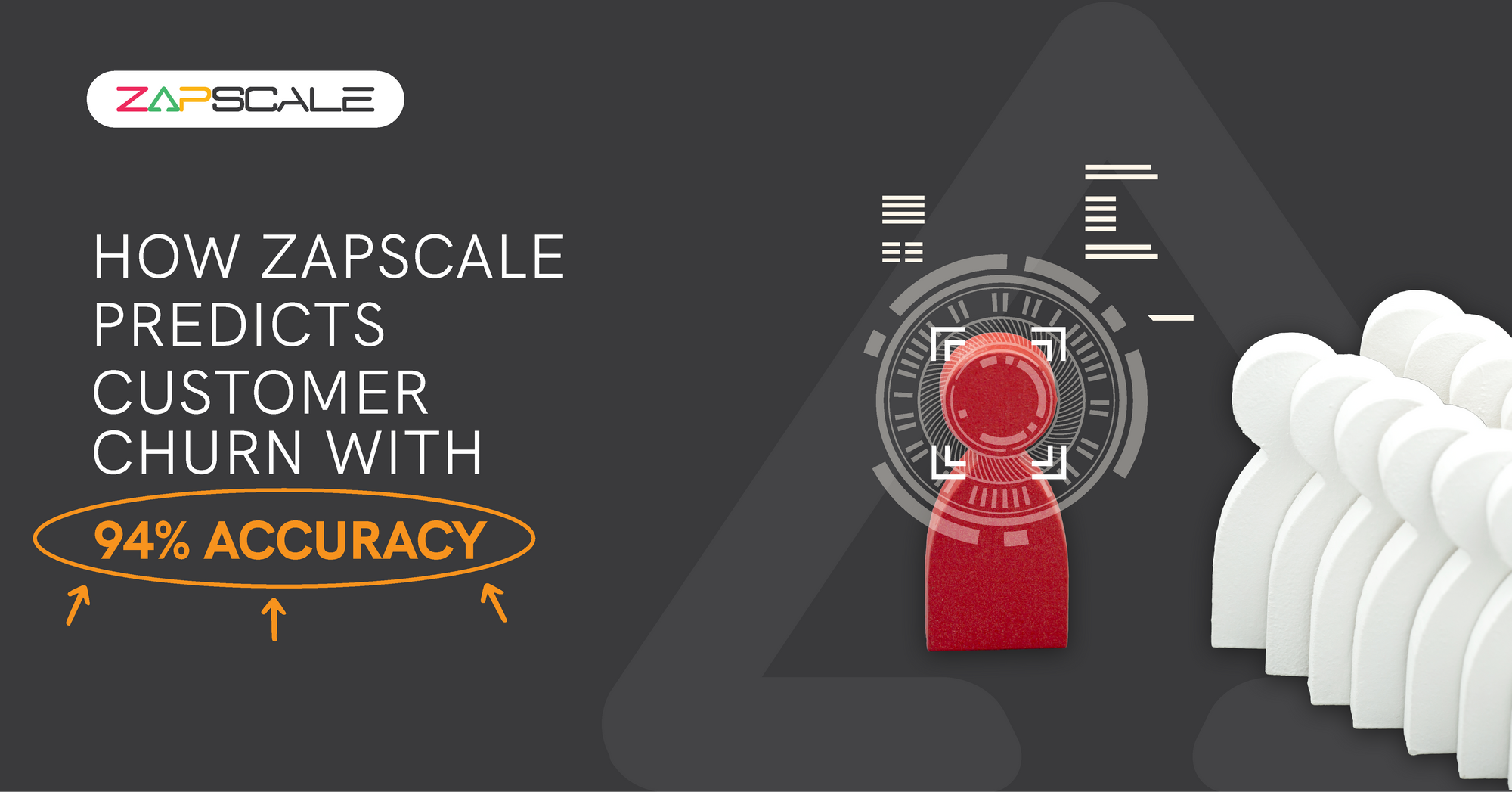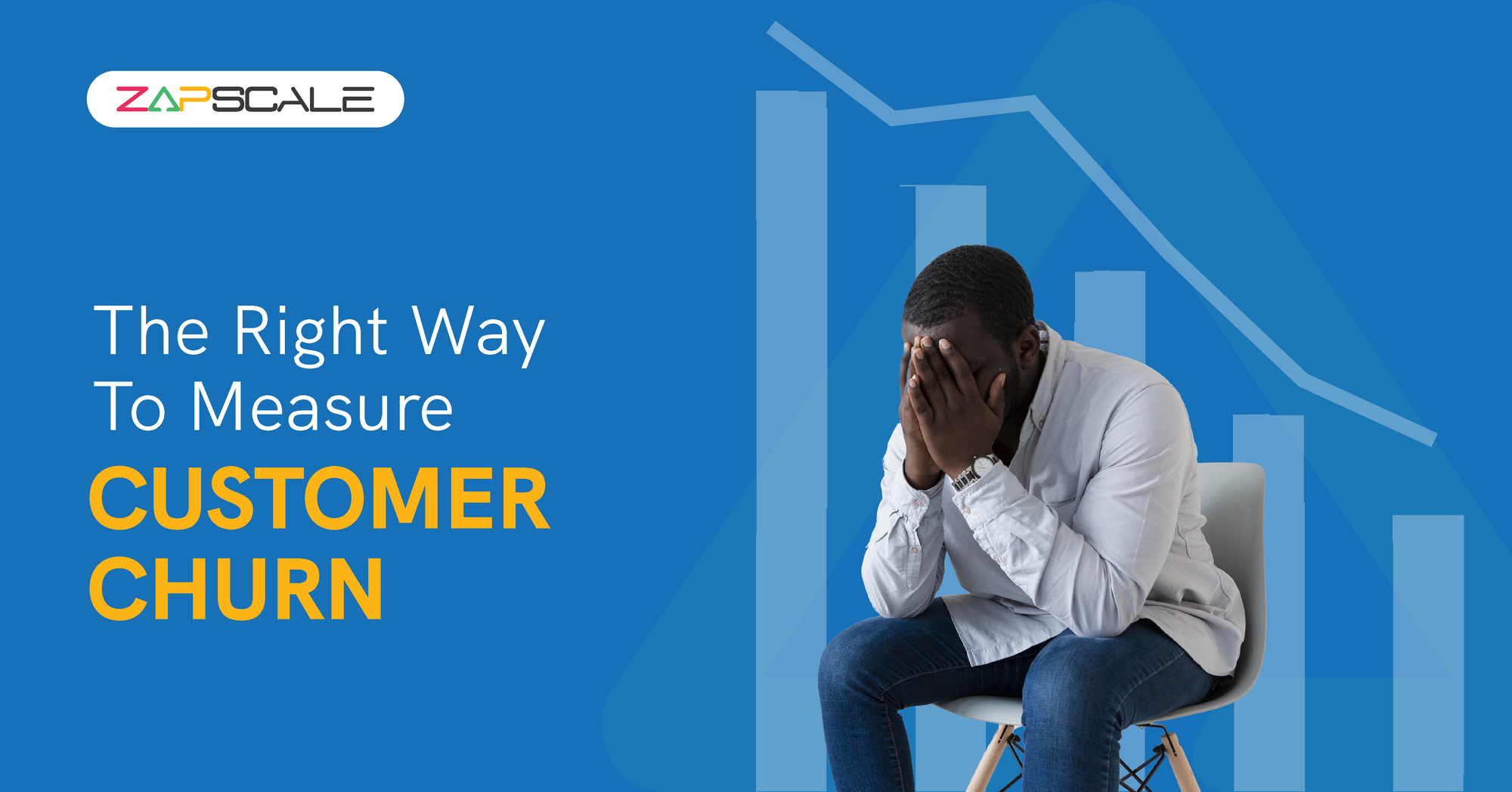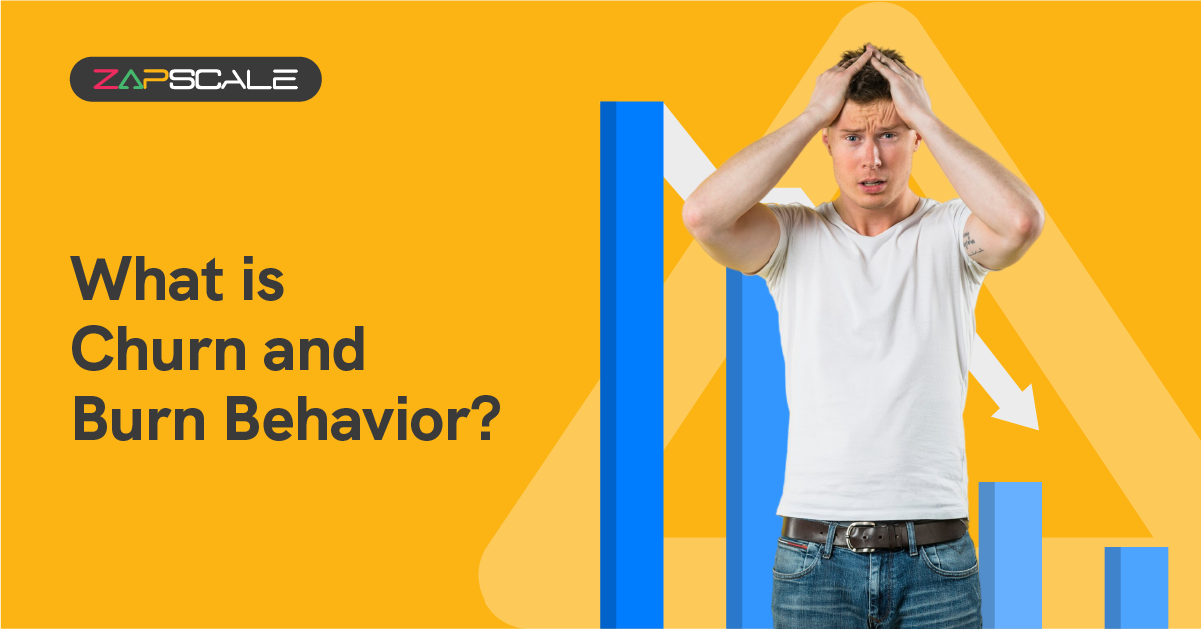CATEGORY > Customer Churn
Why Lowering Your Renewal Price Is A Bad Idea?
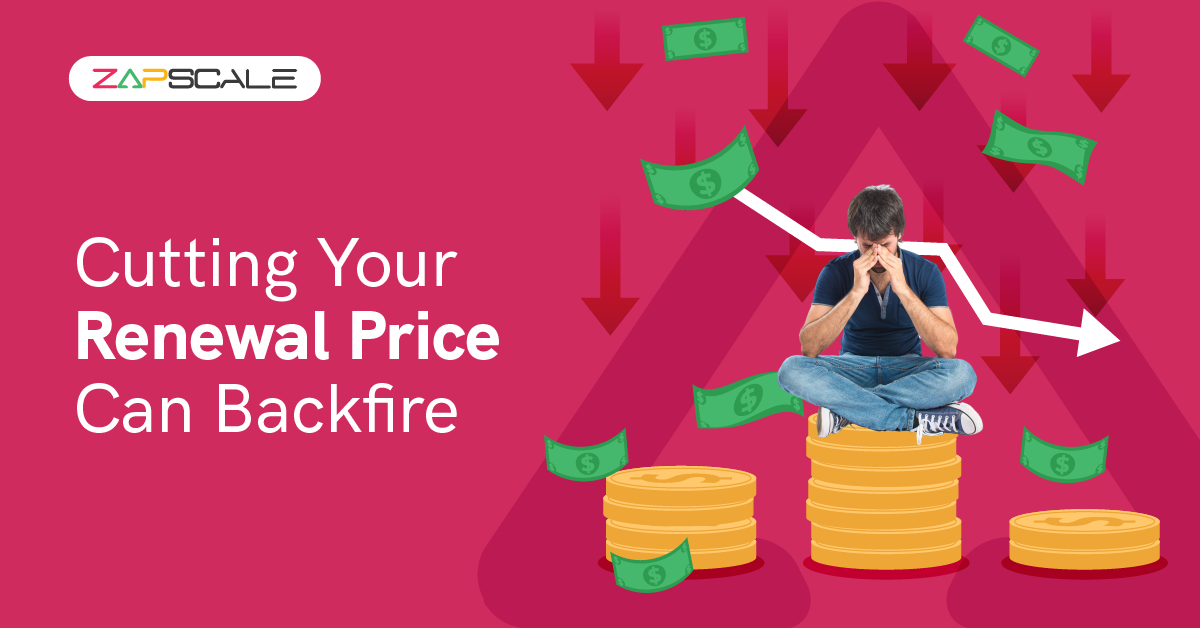
Introduction
Most customer success practitioners believe they know how to implement an effective customer success practice and while the truth is we learn and test every day to find ways to improve our effectiveness and results, a lot of mistakes still occur.
Consider this question, “Does it ever make sense to lower product pricing to save a customer from churning?”
Avoiding A Price Offering Reduction
My customer success gut instinct says “no” to a price reduction to avoid a customer from churning, which we’ll dig deeper into momentarily.
However, there may be some rare cases when I would consider it.
Know Your Customer So You Can Help Them
You should already know specifically how and by how much your offering helps your customer meet their business company goals long before the renewal occurs.
Being “in the know” regarding your customers’ company business success positions you as their success partner and validates continued business with them.
This is because you can show their overall company success and the direct impact your offering contributed to them obtaining their company success in a single graph.
Perception must be molded accurately and in your favor by sharing data that proves your narrative.
Your offering could be making a huge impact on the success of your customer’s business, but if you can’t or don’t share what that impact is, you may lose your “vendor of choice” status when the renewal arrives.
The impact your offering contributes to your customers’ success must align directly with their business outcomes, company goals, and mission.
Your client’s success and the impact you are making on their success represent the value your offering delivers to them.
This is why you must know and share your customers’ overall company success, and how and to what extent your offering has helped them to get there.
Communicate alignment of how the value you’ve delivered directly relates to their business outcomes, company goals, and mission.
Additionally, the value your offering provides to your client should be constantly increasing, which means your client is becoming more and more successful over time because of the relationship they have with you.
This customer-increased value delivery progression must be documented in their customer success plan and included in their executive business review.
The customer success plan describes both the success they will experience and the success they have experienced during their historical customer success lifecycle progression.
If your customers are not increasingly becoming more successful because of your product, then you shouldn’t be their vendor because some other vendor can and will do this for them.
Eventually, your customers will find another vendor who can serve them better, which will make a churn situation inevitable.
Your opportunity to continue to be their vendor exists when they are your customers. Once a decision to churn is made due to competition or business failure, that you are at least partially responsible for, it will be too late to salvage and save.
So do everything you can to ensure that your customers don’t churn and that their business thrives when they are your customers.

You need to be the reason they are successful, which will solidify a profitable, long, and large customer lifetime value.
I had a customer who was struggling business-wise.
They were about to go out of business because it was so bad for them. We were able to work with them within our product offering capabilities and turn their company around, ultimately turning a business disaster into a business success.
That kept our customers, created loyalty, and achieved the purpose of customer success.
Our business grew because of and with their business success.
Keeping Your Customer
You must earn your customer’s business every day.
What used to be new, exciting, and valuable will soon become the norm and expected making your customer ask, “What’s next?” or “What have you done for me lately?”
Ideas of how you can help your customer more will often open and lead to upsells and cross-sells.
This is a natural and expected way to develop expansion sales.
What To Do When A Churn Situation Occurs?
Feeling compelled to reduce your product pricing isn’t usually the right way to handle churn situations, but rather avoiding a churn situation altogether. If any churn situations occur, don’t ignore them but instead dig deep into the root cause and learn from them.
This could save many future churn customers if first-time churn reasons are properly addressed.
In business, we call this "deflection."
Deflection against the occurrence of churn. Deflection is achieved by helping your client be successful through value transfer from your product to their business.
Along the customer journey, the customer must get more value than they did the previous year (for annual subscriptions).
The value your customer gets must far exceed the price they pay you for it and be verifiable.
To ensure value is properly delivered, it needs to be planned, agreed to, and tracked as discussed during the success planning session and in the customer success plan.
Periodic customer success notifications facilitate a feedback communication loop and are a great vehicle for communicating business outcome progress or attainment.
Doing so also validates your customer’s goals have not changed.
If they have, knowing this as soon as possible provides more time for course correction.
Assess if changes are necessary and if so, clarify what they would be.
These updates bring awareness and serve as a reminder of the goodness or value your customer is receiving from your product throughout the year. Additionally, it shows you care about them.
I heard of a customer churn situation that occurred because the customer didn’t think the vendor cared about them.
1. Turn The Wrong Customer Into An Advocate
Evaluate your struggling customers through historical monitoring and other data to see if your offering may not have been the right solution for them.
If not, it is better to let them go, but do so in a non-tacky way. Try to make this experience one that will enroll them as advocates for your company and product, so your reputation isn’t tarnished.
You can’t help everyone and when you admit to yourself and your client that a fit wasn’t there, you’ve made a good decision for both your company and your customer.
Tell your customers why you recommend they no longer partner with you and make suggestions on who may be better suited to serve them or any other helpful information you can offer.
Even telling them that they don’t need a service like yours or a competitor vendor may be a better option is advisable.
Taking this kind of approach could facilitate new leads from them because they understand the reason you are breaking off the partnership and respect you for it.
Your courage to say “no” to taking their money will create respect and is the right thing to do.
They can confidently recommend you to other companies knowing that if you can’t help them, you won’t take advantage of them, but that you will instead give them a similar experience as they received.
Informing them on why they aren’t an ideal customer for your offering also helps your churning customer to recognize those who would be a good fit.
Again, because you treated them fairly, they will have no problem recommending you to others who better fit your ideal customer profile.
2. Play The Danger Ahead Role
Take time to do the right thing.
Be a committed advocate for your customers. If there is a problem that can be averted for your customers, dare to tell them.
It’s like knowing that a bridge is out down the road and letting people know who are driving quickly in that direction.
Tell them that danger is ahead, don’t go that way, and to do something different. As customer success professionals, it is our responsibility to play an active role in facilitating successful customer outcomes for all our customers.
There is no room to be timid about possible negative customer outcome situations.
Price Cutting Impact And Risks
Offering product pricing discounts to save a renewal means your best customers won’t get the price break.
How do you think your best customers will feel when they find out that this kind of practice is in place and leave them out, your best clients?
Even if your best customers are getting discounts (i.e. volume discount), it devalues these discounts by offering discounts to “at risk” customers too.
This places your best customer relationships at risk and creates a loss of trust with them.
I bought a new car several years ago that came with a free 1-year subscription to SiriusXM.
The salesperson told me not to renew it when the renewal comes due because they always offer discounts and deals to get an unsubscribed customer back.
He said to instead talk to them about getting a better price point.
He was right. Now I’ve been doing that for many years, which creates less revenue for SiriusXM.
It seems like nearly everyone knows about how to get a “discount” from them.
If you think your best customers won’t find out about any discounts available for your service, then I suggest that you think again.
This is a losing business model.
Here are two reasons why reducing pricing in an attempt to retain customers isn’t a great idea.
This assumes you’ve properly nurtured your customers throughout their customer lifecycle journey as previously mentioned.
- They are problematic customers that cost the most to keep because they aren’t doing well.
- Negatively impacts your profitability. If you are making your offering cheaper, you are making less profit.
Price cutting also devalues your product.
It sends the message that your product isn’t worth what you are charging for it and sets a new pricing baseline.
More On Profitability
Wanting to keep at-risk clients and develop upsells and cross-sells insinuates that you want to increase revenue and profitability from existing customers.

Let’s face it, who doesn’t want to do that? However, price cuts won’t help and will hurt.
If you are using a consumption business model, then you will have to increase your customer’s consumption just to maintain the same level of revenue and profitability you were at.
As consumption increases, if it does, your costs will increase proportionally.
If you don’t have a consumption model, you may have no way to offset the price reduction, which is even worse.
Instead of a price reduction, let’s fix and address the real problems associated with revenue and profitability like churn, lack of expansion sales, and missed new acquisition opportunities.
All three of these areas will help to optimize your company's financials.
The most important of the three is retention because that means you’ve done a great job and now have a chance at the other two revenue streams (expansion sales and new acquisition sales).
Renewals
Renewals are optimized when we can prove that we are meeting or exceeding business goals set forth at the beginning of the engagement as documented in a customer success plan.
To minimize resource effort, automate through a dashboard or otherwise customer business outcome progress and attainment.
Work with your IT and product teams to bring visibility into your offerings if it doesn’t already exist.
Ideally, this visibility will facilitate customer viewing of customer success plans, progression towards their goals, business outcomes, and value proof.
Customer portals may be a good solution here.
If your IT and product teams can’t or won’t help to develop business outcome-proof visibility, there are some other options to accomplish this.
Hire a team.
Nearshore development teams like BairesDev can facilitate this kind of solution.
Alternatively or augmentatively, you can use an existing customer success tool like ZapScale.
You may find a combination of these options to be the best solution for you.
Optimizing Business Vertical Outcomes
Determine ways to increase your customer’s business outcomes and your product value.
You may want to monetize these insights into a new service.
Having access to the right data will be key to delivering vertical insights and services.
It could be anything that helps your customer.
Think creatively.
Here’s an example.
Let’s say a pizza shop sells 30% more premium pizzas when someone buys a pepperoni pizza, and you know this to be true because you found out by mining your customer’s data. So, in other words, customers who bought a pepperoni pizza are 30% more likely to buy a premium pizza with it.
Premium pizzas have more profit built into them than a single-topping pizza.
You may want to let the pizza owner know and give them suggestions on how they can capitalize on that fact. Then measure their results and share them back to them.
How do you think the pizza owner would feel about your company after a successful engagement like that?
Because you are increasing the likelihood of them staying in business, they are less likely to churn due to business failure.
And think about it.
Not only does the pizza owner benefit but you do too because you are keeping an existing customer and have just opened the possibility for upsells and cross-sells.
Additionally, your customer will be more open to giving a customer recommendation and testimonial that will improve the likelihood of new customer acquisitions and referrals.
As if that wasn’t good enough, if you have based your success upon the success of your customer, which is the best business model there is, then when the pizza shop sells more pizza, you make more money too without having to lower your product offering prices.
This is an example being applied to a consumption model and is the way to go.
Then you can report back to your leadership team on having saved another account, with no negative impact on revenue, but rather a significant increase in revenue.
The principle of basing your success upon the success of others is in play here.
Conclusion
The idea of retaining a churning customer by reducing your offering price is not an ideal strategy.
A better approach is to consider adding more value to their business, so it is worth it for them to stay.
This assumes you’ve been proactively monitoring (and accordingly actioning) the impact your product has on the success of your customer’s business as previously mentioned.
ABOUT THE AUTHOR

Kevin Levine
In a career of over 12 years as a global customer success strategist, change agent, and consultant, Kevin has acquired extensive experience in driving transformational customer success strategies, programs, and partnerships to expand customer success coverage, optimize customer lifecycle management, and maximize cross-sell, upsell and expansion sale moments within the customer journey.
ABOUT THE AUTHOR
Popular from Customer Churn
Quality Content,
Straight To Your Inbox!
Subscribe for the latest blogs, podcasts, webinars, and events!

Write a Blog
If you have experience in CS and
a flair for writing, we’d love to
feature you.
Write to us on
hello@zapscale.com
